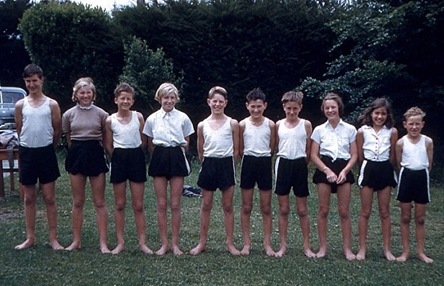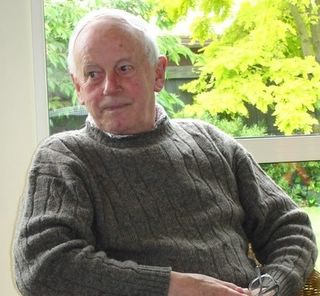South Malvern in the 50s
South Malvern is an island really – not the usual sort with water all round it, but a 5k strip of habitable land, bounded to the south by the Selwyn River and to the north by a chain of razorback ridges with more than their fair share of gorse, yellow clay and scrub patches.
In places tough characters like Jim Smart and old man Abrahams have made the land fit for sheep and cattle, but I think of South Malvern as the piece in between. It starts as nothing at the Glentunnel end where the Coleridge road rubs up against the hill by the Stuarts' place, and opens up around Breakneck Corner to a promising little valley barely half a mile across. There's only room for one road, so everyone sees you go in and wonders why you haven't come out. In those days you couldn't even get through to Sheffield that way. In the days before the tar seal road, your dash across the arena was marked by a cloud of dust which settled back on audiences on both sides in the lull before the next nor'wester. You notice the incongruous suburb where a suburb shouldn't be, almost as though the locals wanted to live at Nos. 3, 5 & 7 on the hill side and 2, 4 & 6 on the river.
Not farmers surely? No, not many of them. You don't know yet about the coal mine and the pottery, the struggling farm, the retired railwayman, or the bloke who works for all the other blokes and gets his share of browntop, or that nice old couple who milk a few cows.
If you stay on the north bank, back comes the river to trap you again at the end of the “island”, just past Norm Harris's sand pit. “Fine moulding sand for foundries. They pay a lot of dough for that.” No, he doesn't need a new truck. He doesn't even need to hurry. “They can't do without it in Christchurch.” That's what they used to say.
Notice the 8-feet high broom up past the school. What a waste of good land! Why doesn't somebody farm it? Quite a few have tried, but it's a heart-breaker. Burn it off, damned near burn down the schoolhouse when an unexpected nor'wester springs up, get in amongst it with the giant discs and roller, and what have you got .. bloody stones. And what do you get next year .. broom seedlings!
We rolled in there in our ancient Oakland tourer, trying to find this place called South Malvern. First we came to the Whitecliffs Post Office, then the South Malvern School, and lastly, the Whitecliffs Station at the end of the branch line. We had just missed the South Malvern station near the Post Office. The schoolkids all said they lived in Whitecliffs, and anyway the South Malvern Cricket Club was actually based at Glentunnel, so we didn't quite know where we were.
Like most country places Whitecliffs had its characters and famous incidents - such as the local hero who showed off his diving to the schoolkids at the pool above the bridge. He dived from higher and higher up the big willow, until he succeeded in banging his nose on the bottom.
Then there was the 14-year-old “reluctant learner” who took off through the riverbed to avoid being kept in after school. He was trudging back towards the road along the church drive, savouring his freedom, but the teacher (yours truly) had borrowed a bike, and there he was just where he had guessed young Alec would emerge. You've got to run fast to school when the teacher has wheels!
And how many teachers, new and enthusiastic, have set up a table for the annual stall,and almost given the local ladies a simultaneous heart attack because “we usually put it up at that end! Oh, we can't have it down here!”
The best story of all, though, is an old one that I may not tell, but some old-timer might just fill you in. It involves a guy called Jack Honey from the West Coast, Canadian geese on the back of a truck, the Coalgate cop, and a round of the houses. It sums up the spirit of the whole district, from Coalgate to Whitecliffs in those days. “Everybody's welcome, especially if we know you. Don't let a cobber down, and don't let an outsider put it across you.. And life's good here, even if it does stand still occasionally.”
Summer was the time everyone waited for. They tried to make summer last from September to May, with the bare feet and the tennis on the hot concrete, and the swimming and the blackberrying .. and the heat!!
South Malvern Gym. Squad 1956
You can still walk through the broom and willows down by the river, and be glad that it's summer – because it's not the heat of the city or the oppression of the grey pavements. It's the energy of blue sky and clear air; of the cicadas in the high broom, and of the young people who could play tennis in a 90 degree nor'wester blowing through the funnel of the Selwyn Gorge. That's why I remember the “island” and sometimes make a sentimental journey back to South Malvern, to remember the old days ... the old ways.
 South Malvern School, now named Ron Armstrong Lodge, in the 21st century
South Malvern School, now named Ron Armstrong Lodge, in the 21st century



0 Comments:
Post a Comment
<< Home